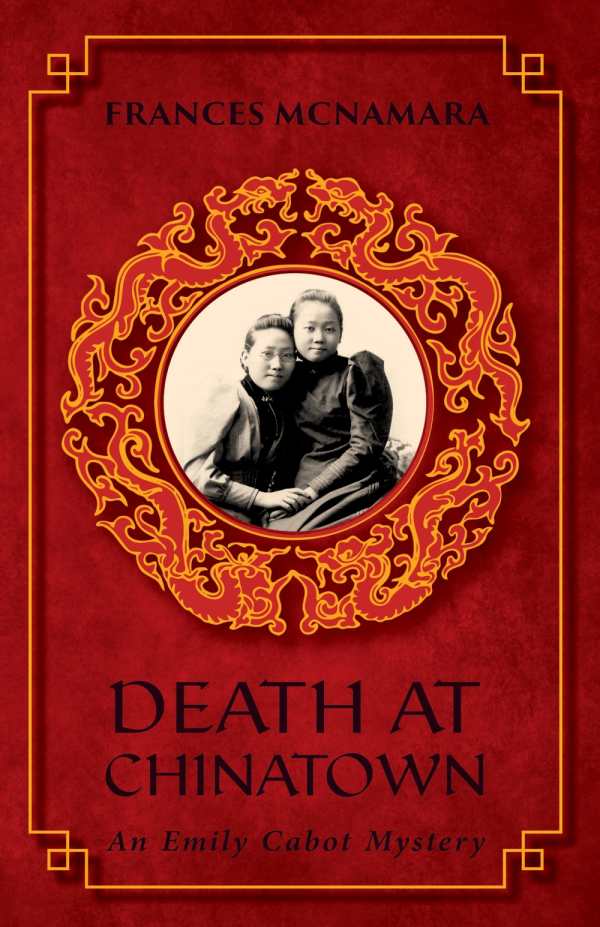
Death at Chinatown
An Emily Cabot Mystery
This enjoyable mystery set in a historically accurate Chicago features a strong sense of time and place.
In Frances McNamara’s Death at Chinatown, an accusation of murder against a young woman exposes a much larger mystery within Chicago’s Chinese community. Emily Cabot, an amateur detective, gets drawn into the case, working to figure out why the woman was accused, who stands to benefit, and how to stop the next killing. The book is a solid period story, with a plot that holds together, an interesting lead character, and strong historical detail.
Death at Chinatown is the fifth book in McNamara’s Chicago-centered Emily Cabot mystery series—which previously saw the protagonist solve cases during the World’s Columbian Exposition and the Pullman Strike. This story takes place in 1896, with Cabot meeting a pair of young female doctors from China during their visit to the States. The police falsely accuse one of the women of poisoning an herbalist in Chinatown, and Cabot uses her investigative skills to try clearing her name. The clues she and her allies uncover are often clever, from a Chinese translator intentionally misrepresenting what was said to the manipulation of the elaborate system of legal Chinese immigrants sponsoring others to come over as “paper sons.”
Along with the mystery at hand, the historical setting and the specifics of the case allow McNamara to explore Cabot’s challenge balancing work life with children, and how that clashes with the gender dynamics of the late nineteenth century. By placing the mystery in Chinatown at a time of de facto segregation, the author lets her protagonist’s relative ignorance about the Chinese community—and her growing familiarity—believably play into the investigation.
The story does take a little while to get going, with a bit too much of the early exposition done through dialogue. However, the proceedings gain steam quickly once the murder is reported, mixing vivid action sequences and family drama with the main crime narrative.
McNamara is based in Chicago and knows the city’s geography; she uses this to her advantage by dropping in local historical references that give the story a good sense of time and place. The writing is well paced, with a large number of dialogue-driven scenes and a first-person narrator keeping the story moving.
The book also includes a short, interesting afterword, with information about the real-life characters who appear in the story and the city’s history from the same period. Death at Chinatown uses that history well, and the result is an enjoyable mainstream mystery novel.
Reviewed by
Jeff Fleischer
Disclosure: This article is not an endorsement, but a review. The publisher of this book provided free copies of the book and paid a small fee to have their book reviewed by a professional reviewer. Foreword Reviews and Clarion Reviews make no guarantee that the publisher will receive a positive review. Foreword Magazine, Inc. is disclosing this in accordance with the Federal Trade Commission’s 16 CFR, Part 255.
